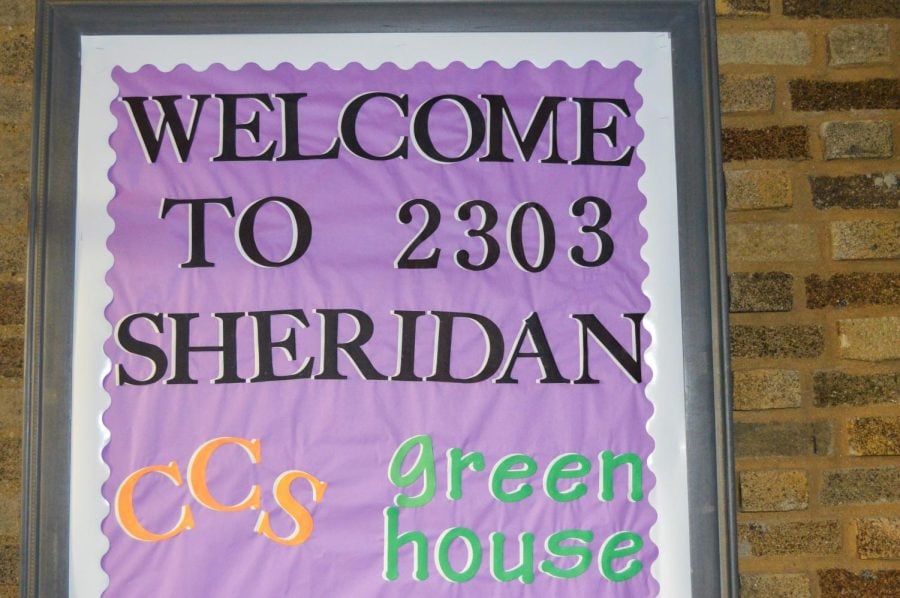NU students and faculty advocate for increased sustainability in campus buildings
Margot Amouyal/The Daily Northwestern
The Northwestern GREEN House. The residence offers sustainability-themed special-interest housing.
November 12, 2021
In 2017, after recognizing that campus buildings and spaces contribute to 80% of the University’s carbon footprint, Northwestern committed to achieving net-zero emissions by 2050.
However, some students and professors say the University still has a long way to go to reduce the environmental impact of campus buildings.
Environmental Sciences Prof. Patricia Beddows, director of NU’s Environmental Sciences Program, recently reached out to sustainNU to initiate conversations about launching more climate-friendly projects. Beddows recommended that sustainNU, the University program dedicated to mitigating the effects of climate change, first deploy high-efficiency LED systems across campus.
In an email to The Daily, Director of Sustainability Greg Kozak said NU is considering adding LED lighting to all residence halls as part of its 5-year partnership with Ameresco, a clean energy integrator. Kozak did not specify how soon the University will add LED lighting, however.
Beddows also suggested residence halls adopt electric flash boilers, update insulation systems and insulate high-reflective roof tops. As of now, Kozak said these changes may “potentially” occur.
While she recognized these projects will have high costs, Beddows said these adjustments can become cost-effective over time.
“The current operating practices prioritize reducing initial purchase-constriction-install costs without considering the operating costs over 10 years or 20 years, (which) means that in some cases unsustainable decisions have been made,” Beddows said.
High-efficiency LED lighting can have a high initial installation cost, but its operating cost is far lower than that of standard bulbs, Beddows said.
All new NU construction currently aims to achieve LEED Gold or Platinum status when it is fiscally responsible to do so.
For students living in preexisting green housing, they said their experiences barely differ from those of regular residences. Weinberg sophomore Bobby Yalam lives in Rogers House, Northwestern’s first green residence hall that boasts low-flow showers, ultra-low-flow lavatories and dual-flush toilets.
“It seems like we do what every other residence hall does,” Yalam said.
The GREEN House offers sustainability-themed special-interest housing and programming for about 40 students. While the GREEN House is sustainability-themed, its infrastructure lacks LEED certification.
GREEN House President and Weinberg sophomore Julian Zea said he hopes the residence hall will become more sustainable through adding solar panels to its roof and establishing a hydroponics farm for the residence hall.
Funding is a barrier to accomplishing these goals, Zea said. GREEN House, unlike most housing on campus, is neither a residential college nor a residential hall.
“We’re kind of a weird in-between, and because of that we are allotted a unique or ambiguous set of responsibilities, freedoms and resources,” Zea said.
Zea also added that having more GREEN House residents to contribute to projects would help bring sustainability efforts to life.
While developments in housing would help NU become more sustainable, Beddows said more needs to be done to mitigate climate change. The University should reset its 2050 goal for net-zero emissions, Beddows added.
“Aiming for 2050 is an extremely pedestrian and slow plan,” Beddows said. “This planet requires us to be bold and aggressive in what we do.”
Email: [email protected]
Twitter: @AmouyalMargot
Related Stories:
— Northwestern joins national challenge to reduce building energy consumption












